1. Reinforcement Learning Introduction
18 Sep 2019 | Reinforcement Learning
What is Reinforcement Learning?
There are 3 big part in AI
- Supervised Learning (i.e. Spam Detection, Image Classification)
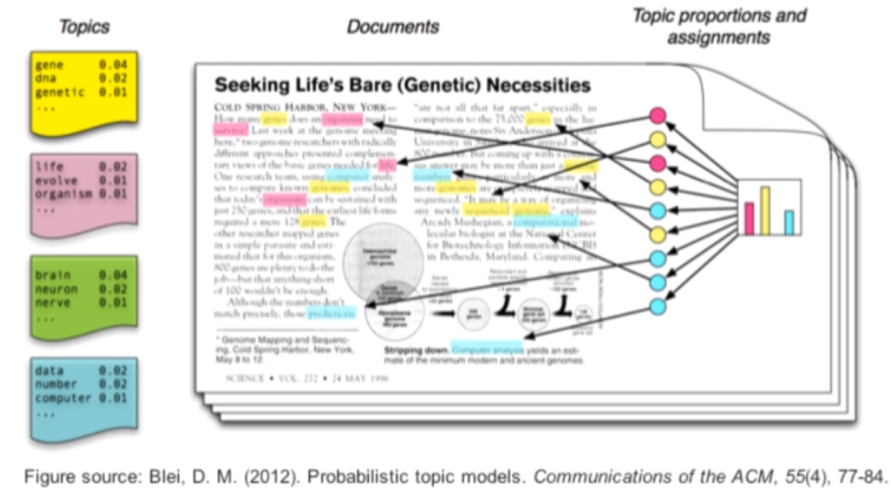
- Unsupervised Learning(i.e Topic Modeling Web Pages, Clustering Genetic Sequences)
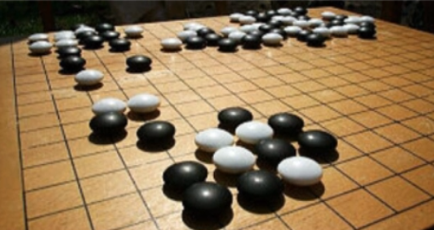
- Reinforcement Learning(i.e Tic-Tac-Toe,Go,Chess, Walking, Super mario, Doom, Starcraft)
1. Supervised/Unsupervised Interfaces
- as we know about ML Theory and Function
class SupervisedModel:
def fit(X,y):
def predict(x):
class UnsupervisedModel:
def fit(x):
def transform(x): #(e.g cluster assignment)
- common theme is “training data”
- input data: X(N x D Matrix)
- Tragets: Y (N x 1 vector)
- “all data is the same”
- Format doesn’t change whether you’re in biology, finance, economics, etc.
- fits neatly into one library: scikit-Learn
- “simplistic”, but still useful:
- Face Detection
- Speech Recognition
2. Reinforcement Learning
- Not just a static table of data
- An agent interacts with the world(environment)
- Can be simulated or real(E.g Vacuum robot)
- Data comes from sensors
- Cameras, Microphones, GPS, accelerometer
- Continuous stream of data
- Consider past and future
- RL agent is “thing” with a lifetime
- At each step, decide what to do
- An (un)supervised model is just a static object -> input -> output
3. isn’t it still supervised learning?
- X can represent the state i’m in, Y represent the Target (ideal action to perform in that state)
- state = sensor recording from self-driving car
- state = Video Game ScreenShot
- state = Chess Board Positions
- Yes it is, but for example, consider GO: $ N = 8 * 10^100 $
- ImageNet, the image Classification benchmark, has $ N=10^6 $ images
- Go is 94 orders of magnitude larger
- Takes ~1 day with good hardware
- 1 order of magnitude Larger -> 10 days
- 2 order of magnitude Larger -> 100 days
4. Rewards
- sometimes you’ll see reference to psychology; RL has been used to model animal behavior
- RL agent’s goal is in the future
- in contrast, a supervised model simply tried to get good accuracy / minimized cost on current input
- Feedback Signals(Rewards) come from the environment (i.e the agent experiences them)
5. Rewards vs Targets
- you might think of supervised Targets/labels as something like rewards. but these handmade labels are coded by humans - they do not come from environment
- Supervised inputs/targets are just database tables
- Supervised models instantly know if it is wrong/right, because inputs + targets are provided simultaneously
- RL is dynamic - if an agent solves a maze, it only know its decisions were correct if it eventually solves the maze
6. On Unusual or Unexpected Strategies of RL
- Goal of AlphaGO is to win Go, and the goal of a video game agent is high score/live as long as possible
- what is the goal of an animal/human?
- Evolutionary psychologists believe in the “selfish Gene” Theory
- Rechard Dawkins - The Selfish Gene
- Genes simply want to make more of themselves
- We humans(conscious living beings) are totally unaware of this
- we can’t ask our genes how they feel
- we are simply a vessel for our genes’ proliferation(급증)
- is consciousness just an illusion?
-
Disconnect between what we think we want vs “true goal”
- Like Alphago, we’ve found roundabout and unlikely ways of achieving our Goal
- The action taken doesn’t necessarily have to have an obvious / explicit relationship to the Goal
- we might desire riches/money -but why? Maybe natural selection or leads to better health and social status. there are no laws physics which govern riches and gene replication
- it’s a novel solution to the problem
- AI can also find such strange or unusual ways to achieve a goal
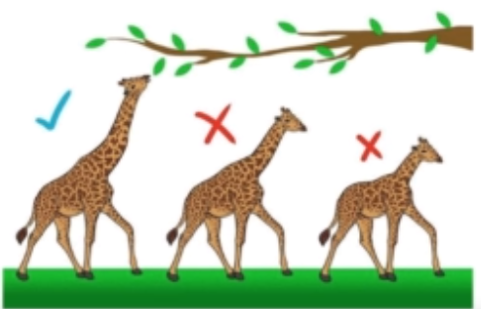
- we can replace “getting rich” with any trait(특성) we want
- being healthy and strong
- Having strong analytical skills
- That’s a sociologist(사회학자)’s job
- Our interest lies in the fact that there are multiple novel strangies of achieving the same goal(gene replication)
- What is considered a good strategy can fluctuate
- Ex. Sugar:
- our brain runs on sugar, it gives us energy
- today, it causes disease and death
- Thus, a Strategy that seems good right now may not be globally optimal
7. Speed of Learning and Adaption
- Animals gain new traits via evolution/mutation/natural selection
- this is slow
- each newborn, even given an advantageous trait, still must learn from scratch
- AI can train via simulation
- it can spawn new offspring instantly
- obtain hundreds / thousands of years of experience in the blink of an eye
Reference:
Artificial Intelligence Reinforcement Learning
What is Reinforcement Learning?
There are 3 big part in AI
- Supervised Learning (i.e. Spam Detection, Image Classification)

- Unsupervised Learning(i.e Topic Modeling Web Pages, Clustering Genetic Sequences)

- Reinforcement Learning(i.e Tic-Tac-Toe,Go,Chess, Walking, Super mario, Doom, Starcraft)
1. Supervised/Unsupervised Interfaces
- as we know about ML Theory and Function
class SupervisedModel: def fit(X,y): def predict(x):class UnsupervisedModel: def fit(x): def transform(x): #(e.g cluster assignment) - common theme is “training data”
- input data: X(N x D Matrix)
- Tragets: Y (N x 1 vector)
- “all data is the same”
- Format doesn’t change whether you’re in biology, finance, economics, etc.
- fits neatly into one library: scikit-Learn
- “simplistic”, but still useful:
- Face Detection
- Speech Recognition
2. Reinforcement Learning
- Not just a static table of data
- An agent interacts with the world(environment)
- Can be simulated or real(E.g Vacuum robot)
- Data comes from sensors
- Cameras, Microphones, GPS, accelerometer
- Continuous stream of data
- Consider past and future
- RL agent is “thing” with a lifetime
- At each step, decide what to do
- An (un)supervised model is just a static object -> input -> output
3. isn’t it still supervised learning?
- X can represent the state i’m in, Y represent the Target (ideal action to perform in that state)
- state = sensor recording from self-driving car
- state = Video Game ScreenShot
- state = Chess Board Positions
- Yes it is, but for example, consider GO: $ N = 8 * 10^100 $
- ImageNet, the image Classification benchmark, has $ N=10^6 $ images
- Go is 94 orders of magnitude larger
- Takes ~1 day with good hardware
- 1 order of magnitude Larger -> 10 days
- 2 order of magnitude Larger -> 100 days
4. Rewards
- sometimes you’ll see reference to psychology; RL has been used to model animal behavior
- RL agent’s goal is in the future
- in contrast, a supervised model simply tried to get good accuracy / minimized cost on current input
- Feedback Signals(Rewards) come from the environment (i.e the agent experiences them)
5. Rewards vs Targets
- you might think of supervised Targets/labels as something like rewards. but these handmade labels are coded by humans - they do not come from environment
- Supervised inputs/targets are just database tables
- Supervised models instantly know if it is wrong/right, because inputs + targets are provided simultaneously
- RL is dynamic - if an agent solves a maze, it only know its decisions were correct if it eventually solves the maze
6. On Unusual or Unexpected Strategies of RL
- Goal of AlphaGO is to win Go, and the goal of a video game agent is high score/live as long as possible
- what is the goal of an animal/human?
- Evolutionary psychologists believe in the “selfish Gene” Theory
- Rechard Dawkins - The Selfish Gene
- Genes simply want to make more of themselves
- We humans(conscious living beings) are totally unaware of this
- we can’t ask our genes how they feel
- we are simply a vessel for our genes’ proliferation(급증)
- is consciousness just an illusion?
-
Disconnect between what we think we want vs “true goal”
- Like Alphago, we’ve found roundabout and unlikely ways of achieving our Goal
- The action taken doesn’t necessarily have to have an obvious / explicit relationship to the Goal
- we might desire riches/money -but why? Maybe natural selection or leads to better health and social status. there are no laws physics which govern riches and gene replication
- it’s a novel solution to the problem
- AI can also find such strange or unusual ways to achieve a goal

- we can replace “getting rich” with any trait(특성) we want
- being healthy and strong
- Having strong analytical skills
- That’s a sociologist(사회학자)’s job
- Our interest lies in the fact that there are multiple novel strangies of achieving the same goal(gene replication)
- What is considered a good strategy can fluctuate
- Ex. Sugar:
- our brain runs on sugar, it gives us energy
- today, it causes disease and death
- Thus, a Strategy that seems good right now may not be globally optimal
7. Speed of Learning and Adaption
- Animals gain new traits via evolution/mutation/natural selection
- this is slow
- each newborn, even given an advantageous trait, still must learn from scratch
- AI can train via simulation
- it can spawn new offspring instantly
- obtain hundreds / thousands of years of experience in the blink of an eye
Reference:
Artificial Intelligence Reinforcement Learning

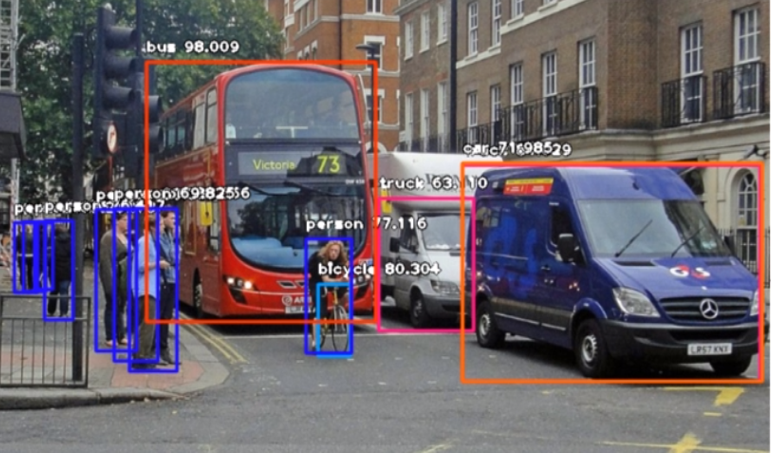
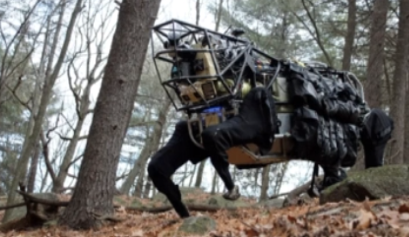
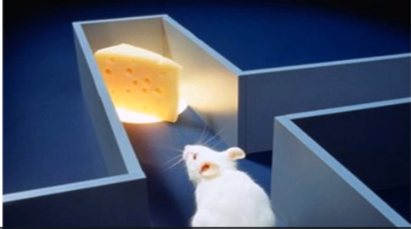
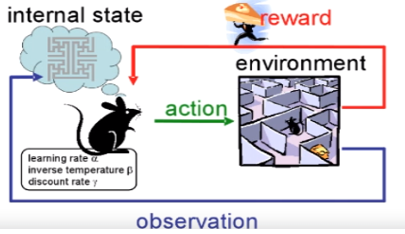
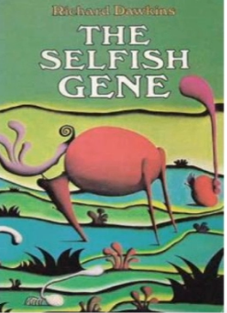
Comments